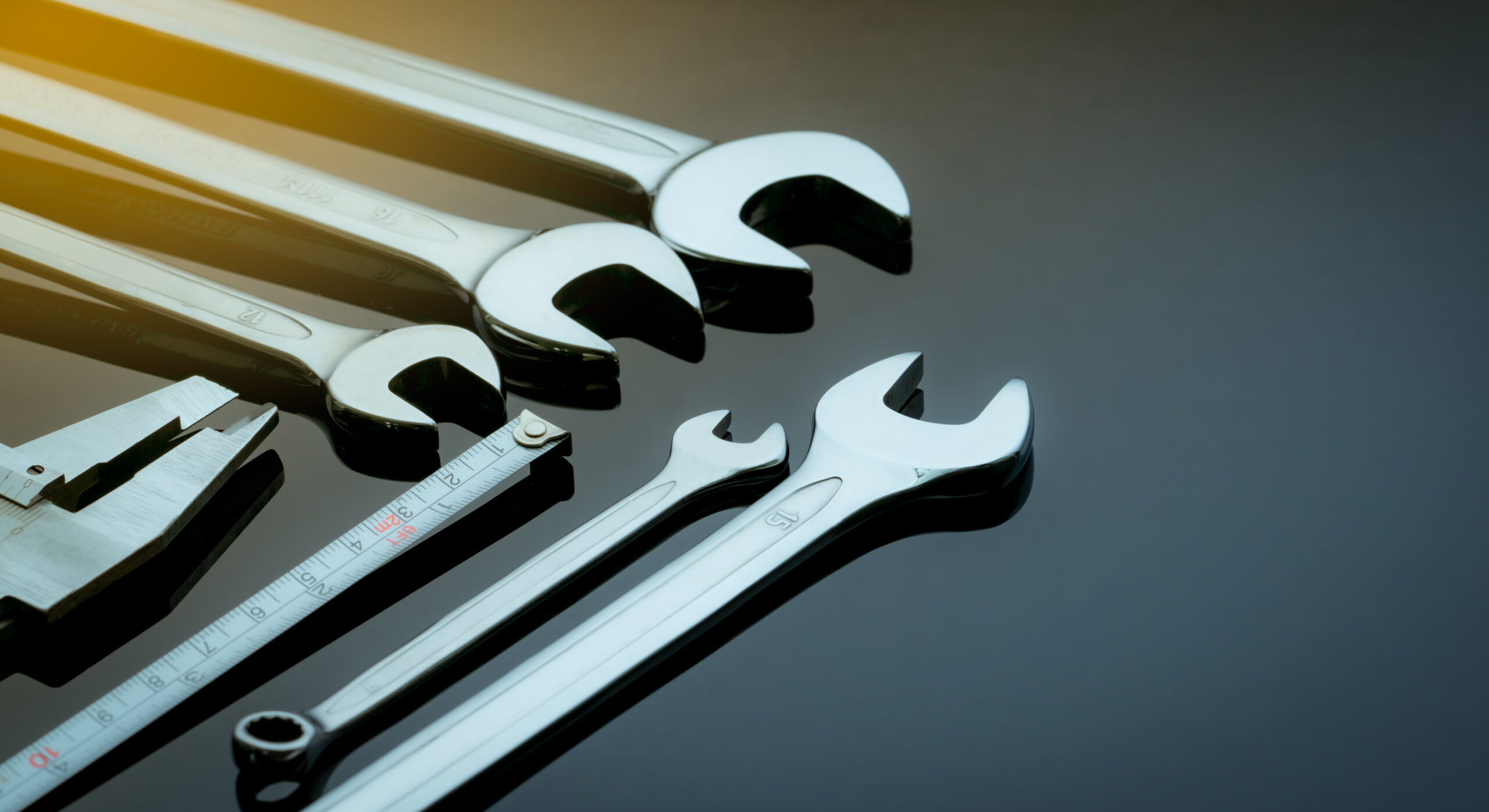Maintaining Your Dental Equipment to Minimize the Risk of Breakdowns
08.03.2024

Proactive Maintenance: The Key to Avoiding Costly Equipment Failures
Dental practices invest heavily in advanced equipment to provide the best possible care to their patients. However, this investment can quickly be undermined by unexpected equipment breakdowns, leading to costly repairs, lost revenue, and disruptions in patient care. To minimize the risk of these failures, dental practices must prioritize proactive maintenance. By implementing a comprehensive maintenance plan, practices can extend the life of their equipment, reduce the likelihood of breakdowns, and ultimately protect their bottom line.
The Benefits of Proactive Maintenance
Proactive maintenance involves regularly scheduled inspections, cleaning, calibration, and servicing of dental equipment to prevent breakdowns before they occur. The benefits of this approach include:
- Reduced equipment downtime: By identifying and addressing potential issues early, practices can avoid unexpected failures and minimize equipment downtime.
- Extended equipment lifespan: Regular maintenance can help equipment perform at its best for longer, delaying the need for costly replacements.
- Improved patient care: Well-maintained equipment is more reliable and accurate, contributing to better treatment outcomes and patient satisfaction.
- Enhanced safety: Proactive maintenance can identify and address safety hazards, protecting both patients and staff.
- Cost savings: While maintenance requires an investment of time and resources, it is often more cost-effective than dealing with the expenses of major repairs or replacements.
Developing a Comprehensive Maintenance Plan
To effectively minimize the risk of breakdowns, dental practices should develop a comprehensive maintenance plan that includes:
- Manufacturer recommendations: Follow the manufacturer’s guidelines for maintenance schedules and procedures for each piece of equipment.
- Regular inspections: Schedule frequent visual inspections to identify signs of wear, damage, or malfunction.
- Cleaning and lubrication: Regularly clean and lubricate equipment components to ensure optimal performance and prevent premature wear.
- Calibration and testing: Periodically calibrate and test equipment to ensure accuracy and reliability.
- Documentation: Keep detailed records of all maintenance tasks, including dates, procedures performed, and any issues identified.
Training Staff on Proper Equipment Use and Care
In addition to regular maintenance, it’s crucial to train dental staff on the proper use and care of equipment. This includes:
- Operator manuals: Ensure that all staff members are familiar with the manufacturer’s instructions for each piece of equipment.
- Hands-on training: Provide practical training sessions to demonstrate correct operation and maintenance procedures.
- Continuing education: Encourage staff to stay up-to-date on the latest techniques and best practices through continuing education courses and workshops.
- Reporting procedures: Establish clear protocols for reporting any equipment issues or concerns to the appropriate personnel.
By involving staff in the maintenance process and promoting a culture of equipment care, dental practices can further reduce the risk of breakdowns.
Partnering with Reliable Service Providers
Even with a proactive maintenance plan in place, dental practices may still require the assistance of professional service providers. To minimize equipment downtime and ensure quality repairs, it’s essential to partner with reliable service providers who specialize in dental equipment. Look for providers who offer:
- Expertise: Choose technicians with extensive experience and training in servicing dental equipment.
- Responsiveness: Opt for providers who offer prompt service and can quickly address any issues that arise.
- Preventive maintenance programs: Consider partnering with service providers who offer comprehensive preventive maintenance programs tailored to your practice’s needs.
- Warranty support: Ensure that your service providers are authorized to perform warranty work on your equipment, if applicable.
By cultivating strong relationships with trusted service providers, dental practices can streamline their maintenance efforts and minimize the impact of any equipment issues that do occur.
Investing in Proactive Maintenance for Long-Term Success
In the fast-paced world of dentistry, it can be tempting to put equipment maintenance on the back burner. However, neglecting this critical aspect of practice management can lead to costly breakdowns, lost productivity, and diminished patient care. By prioritizing proactive maintenance, dental practices can minimize the risk of equipment failures, extend the life of their investments, and ultimately enhance their long-term success. Investing time and resources into developing a comprehensive maintenance plan, training staff, and partnering with reliable service providers is a smart strategy for any dental practice looking to thrive in today’s competitive landscape.